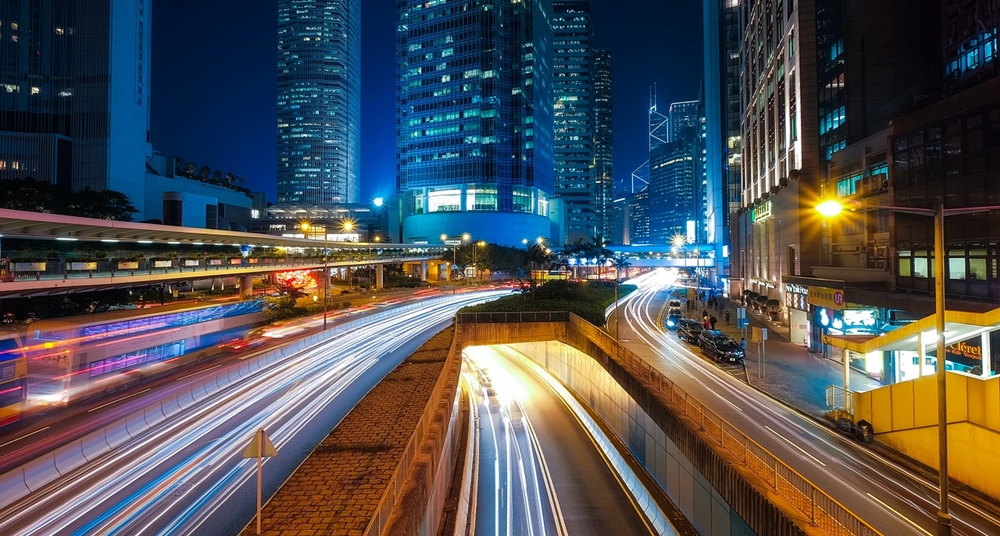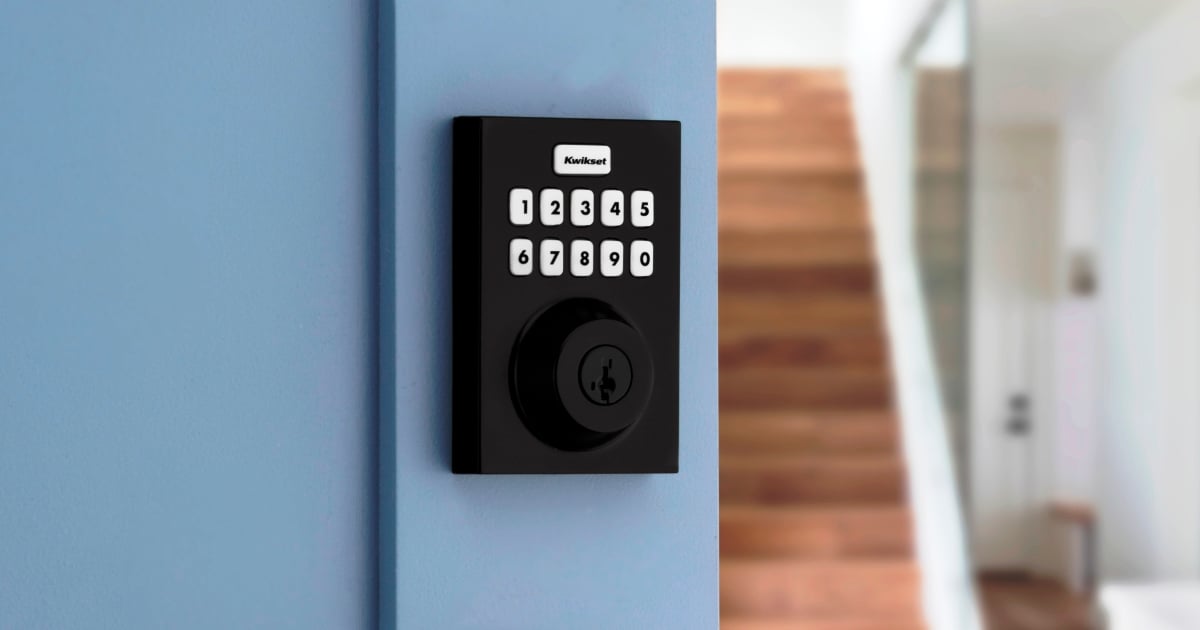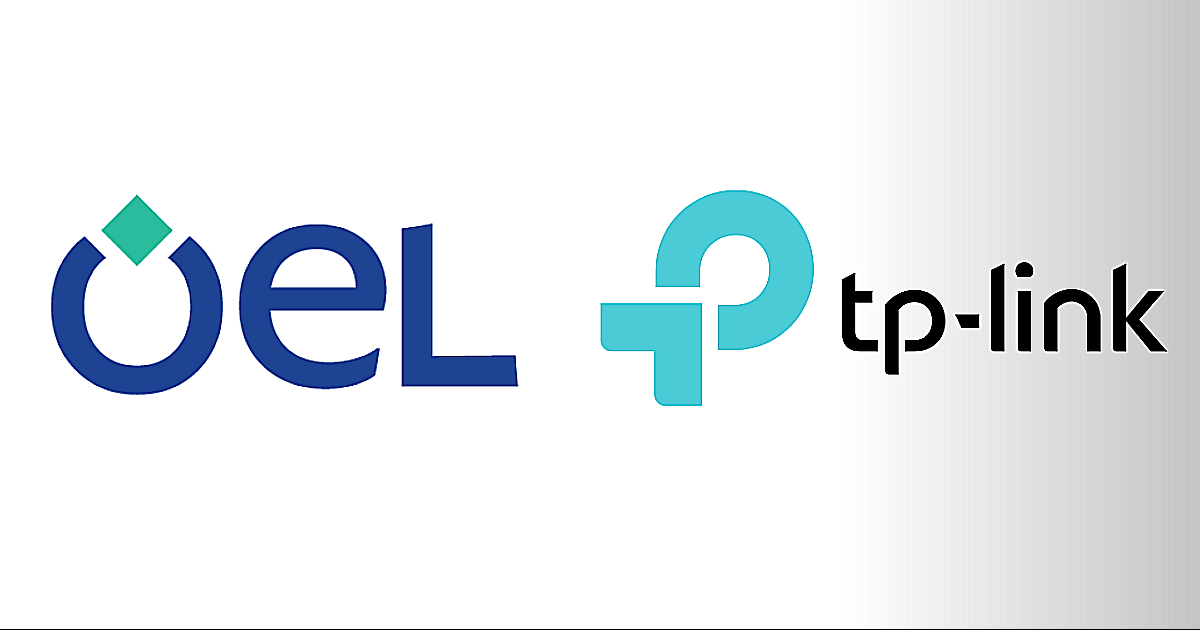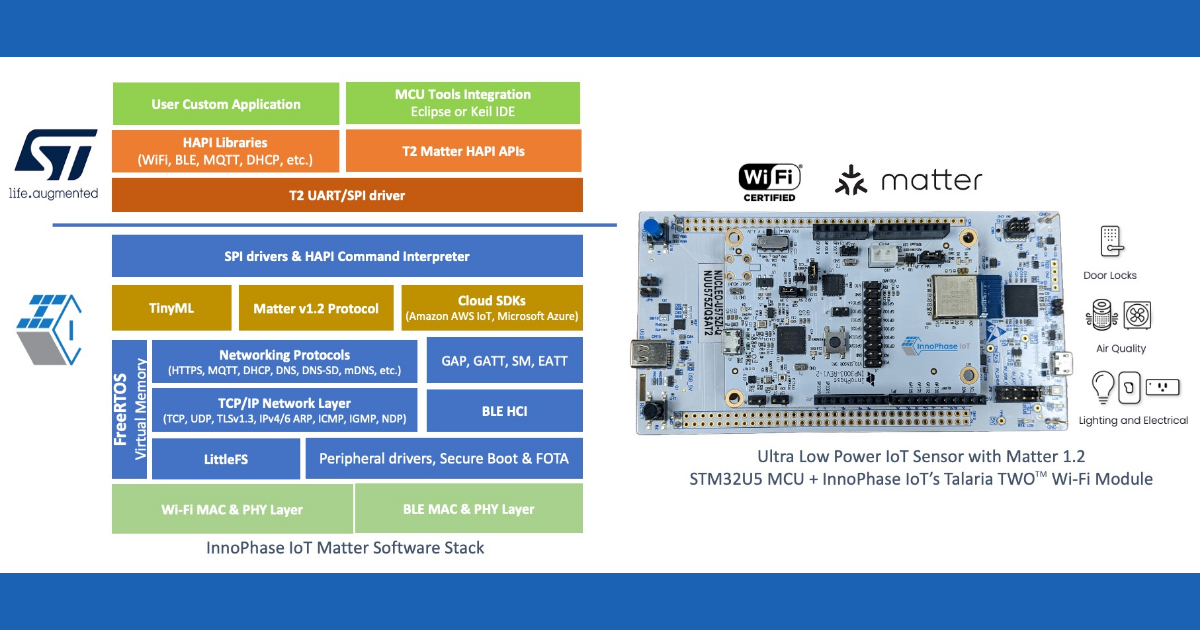
Unless you’ve been stuck under that proverbial rock for a few years, you’ve at least heard of the Internet of Things (IoT) and how it is connecting us in new and interesting ways. The rise of the smart home is one way that the IoT is changing things for people around the world – homes filled with devices that can communicate with one another, with people living in the home, and even with outside third parties (think a refrigerator automatically contacting a grocery store when key items like milk or eggs run low to order more).
However, this technology is not constrained just to our homes. It’s growing in terms of both scope and capabilities. Enter the smart city, where the Internet of Things will impact everything from lighting to the flow of traffic through urban centers.
The IEEE Standards Association says of Smart Cities: “As world urbanization continues to grow and the total population expected to double by 2050, there exists an increased demand for intelligent, sustainable environments that reduce environmental impact and over citizens a high quality life. A smart city brings together technology, government and society to enable a smart economy, smart mobility, a smart environment, smart people, smart living and smart governance.”
We need to turn to actual use cases to determine what defines a smart city. There are quite a few ways in which this sort of technology is being utilized today around the globe, including the following:
- Sensors built into bridges to sense things like degradation and the effect of seismic forces at work.
- Sensors built into roadways to sense things like subsidence and wear and tear, as well as traffic flow.
- Sensors built into buildings to sense things like the force of wind, foundation subsidence, seismic activity, and more.
- Sensors within the interior of buildings to sense the presence of people within rooms, and thereby control the use of lighting, heating and air, and other systems to limit energy expenditure when it is unnecessary.
- Sensors at entryways to provide facial recognition for better security within apartment buildings, commercial buildings, government offices, and more.
What’s Driving the Push Toward Smart Cities?
At first glance, the rush towards IoT adoption seems to be one of convenience, similar to the use of smart technology within a home. For instance, no one really needs a refrigerator that can reorder groceries when the on-hand supply gets low. It’s convenience.
The same concept does not apply to the integration of smart technology within city infrastructure. Here, it’s more about achieving important goals, such as improving the use life and management of infrastructure, enhancing resident safety, and cutting costs and energy usage to be greener. To really understand the rise of smart cities, we need to delve into some of the drivers behind the adoption of this technology.
Infrastructure Management and Maintenance: Many cities around the world are suffering from decaying infrastructure. Roads are degrading. Railroad tracks are decaying. Bridges and overpasses are aging and becoming unsafe. IoT technology can embed sensors in these areas to determine a broad range of things, including the extent of degradation, daily traffic flow increases, temperature extremes that may exacerbate damage, safety issues that could lead to mass injuries or loss of life, and more. Simply put, by utilizing IoT technology, cities and municipalities can better monitor the condition of their infrastructure, and manage those resources better, leading to improvements in safety, replacement costs and frequency, and more.
Security: As mentioned previously, IoT technology allows the addition of new security features to buildings, offices, residential homes, and more. Facial recognition systems are just one aspect of this. As populations grow, the need for improved security also increases – biometric systems offer the means to improve security and safety for homeowners, business owners and workers, government employees and many more.
Reduction in the Use of Energy: Our cities are hungrier for power than ever before. Much of this energy is drawn from non-renewable sources, such as coal. Even cities with access to relatively renewable resources, such as hydropower, or nuclear power generation can benefit from a reduction in raw demand. IoT technology offers an immense capability to reduce energy consumption, particularly wasted energy lighting and heating/cooling rooms people are not currently using. By focusing on zoned lighting/heating/cooling, cities can dramatically decrease their demand on the energy grid.
Improved Communication Capabilities: The development and installation of smart networks allows improved communication capabilities from virtually all areas of a city. It is possible for things like traffic lights to communicate with the city council or responsible agency, and for grids within city parks to communicate with the parks department.
Emergency Preparedness and Environmental Awareness: Smart technology within cities can be instrumental in emergency preparedness and improving environmental awareness. For instance, remote sensors could detect things ranging from changing barometric pressure to wind speed/shear and help predict weather changes.
Traffic Flow and Congestion Prevention: One of the most important drivers of cities adopting smart technology has to do with managing traffic flow. Today’s cities are mired in traffic congestion, but IoT technology has the ability to better manage traffic flow within urban centers and on highways.
Sensors can communicate everything from the number of vehicles passing a specific spot to the weight of vehicles driving over them to the speed of vehicles and more. This can play a role in achieving important outcomes such as reducing traffic snarls, cutting down on the amount of time commuters must sit in gridlock, and even potentially eliminating the most negative impacts of rush hour completely.
Improved safety, improved road management and maintenance, reduced time spent waiting – these are just the tip of the proverbial iceberg. For example, New York City invested in smart sensors with the goal of determining where drivers most frequently made sharp turns and hard stops, which is allowing them to determine what areas need changes made to the environment to reduce the potential for accidents and congestion.
While all of these drivers are important reasons for the adoption of smart technology within cities, the drive to better manage traffic is one of those with the most immediate impacts, which has made it one of the most common starting points for cities interested in experimenting with IoT technology.
The IoT and Traffic Situations in Our Cities
Smart technology is already having a major impact on traffic. It has already been used by many cities in the US to achieve important goals, and will be implemented by many others within a short period. In this section, we will look at some of the most important current use cases and their benefits, as well as vital ways that smart cities will make use of IoT technology in the future to better manage traffic flow and prevent congestion on surface streets, highways and motorways.
At this moment, our cities are experiencing population surges. That leads to more and more vehicles on our roadways. All of those vehicles on the roads lead to problems, including:
- Longer waits at stoplights
- A dramatic increase in accidents
- Longer wait times for commuters
- Longer periods of gridlock – the growth of rush hour to cover most of the day in many cities
- An increasing number of wrong-way drivers on one-way streets
- An increase in the amount of debris on roadways (leading to accidents)
Smart technology can help reduce those numbers and the associated costs by a significant amount. In some cases, it already is.
Kansas City is now employing a combination of CCTV cameras (both manned and software powered) and image-processing from a company called TrafficVision. The system focuses on collecting data and detecting incidents in real time. In a comparison, the automated system was able to detect incidents up to 14 minutes sooner than human operators were, and it was able to identify a host of potential issues affecting drivers, ranging from the presence of debris on the road to wrong-way drivers to current accidents and more.
This allowed decision makers to come to instant decisions and react appropriately far sooner than they would otherwise have been able to, and allowing them to reroute traffic, change traffic light patterns, alert emergency services and generally improve road safety in myriad ways.
London is using smart technology to improve parking capabilities for residents, businesses and visitors. The system in place now allows drivers to locate open parking spots easily, preventing them from having to drive around manually looking for open parking spaces. This helps to streamline traffic flow, alleviates some congestion, and reduces time spent waiting on parking.
Paris has one of the more interesting Internet-connected traffic solutions currently in use. In 2011, the city began building a fleet of GPS-connected electric vehicles for a car-sharing service. Since then, the fleet has grown to 3,000 inpidual vehicles. Consumers can track vehicles in their area by GPS in a smartphone app, allowing drivers to snag open vehicles when they are done being used. Each car also has an in-dash control center that allows the driver to reserve open parking spaces.
Adaptive Traffic Signals
One of the simplest, yet most beneficial smart city technologies is the traffic light. When connected to the Internet, these become adaptive, allowing timing to be changed depending on the time of day, the volume of traffic, and other factors, such as the flow of pedestrian traffic, special events, and more.
The Growth of Smart Corridors
Smart corridor is the name given to specific areas of road networks heavily embedded with smart technology to achieve multiple goals. For instance, there is a stretch of interstate in Wyoming that is heavily used by both commuters and by shipping/distribution companies. Another example would be I-285 around the city of Atlanta, which experiences major delays due to its use by both 18-wheelers and passenger vehicles.
Smart corridors use a wide range of technology to create adaptive capabilities, including smart speed limit signs that increase or decrease depending on traffic flow or time of day, automatic lane closures, the use of smart cameras, real-time weather updates from short -range communication devices, and more.
Toll Changes
Toll roads are nothing new, but the ability to charge different tolls based on driving conditions is. There are many examples of these systems in place, including Atlanta, Georgia. This system charges a toll for exiting from the express lane, and the fee varies based on the time of day, the day of the week, the demand for the exit, and other factors.
The Internet of Things is here to stay, and nowhere is that more apparent than in the adoption of smart technology within cities around the world. While it might not be universal yet, adoption speed is increasing as the significant benefits of smart technology become better understood and access to this technology becomes more widespread.
Edited by
Ken Briodagh





